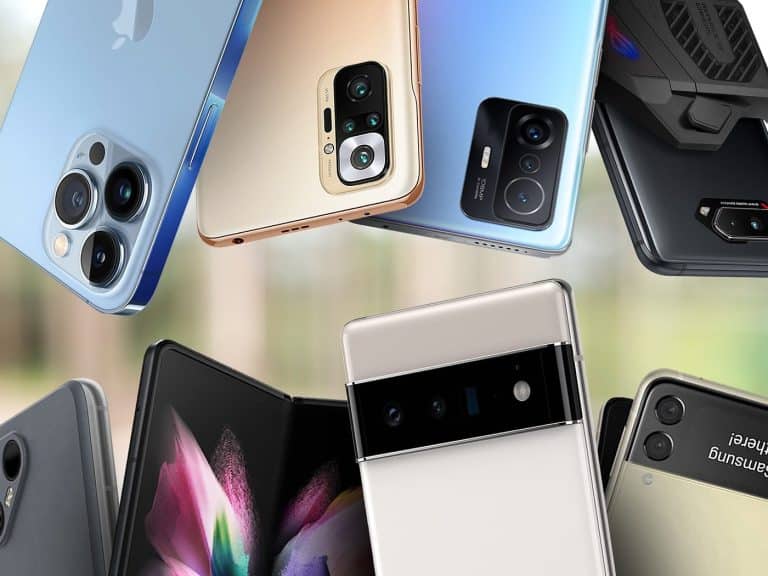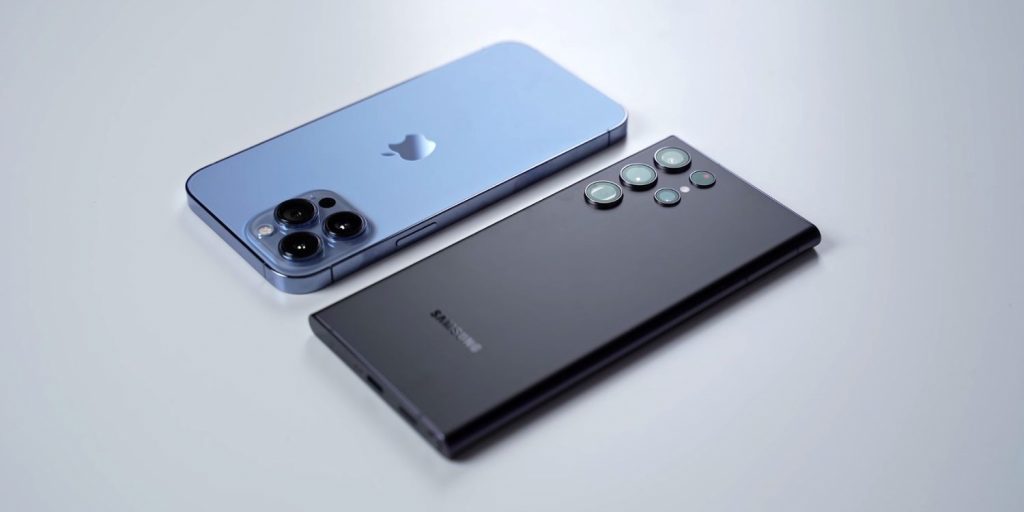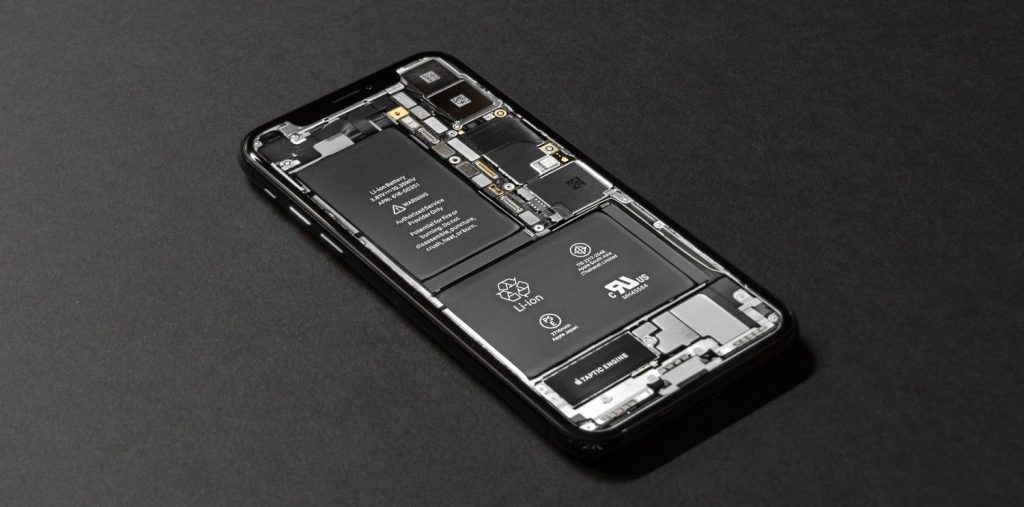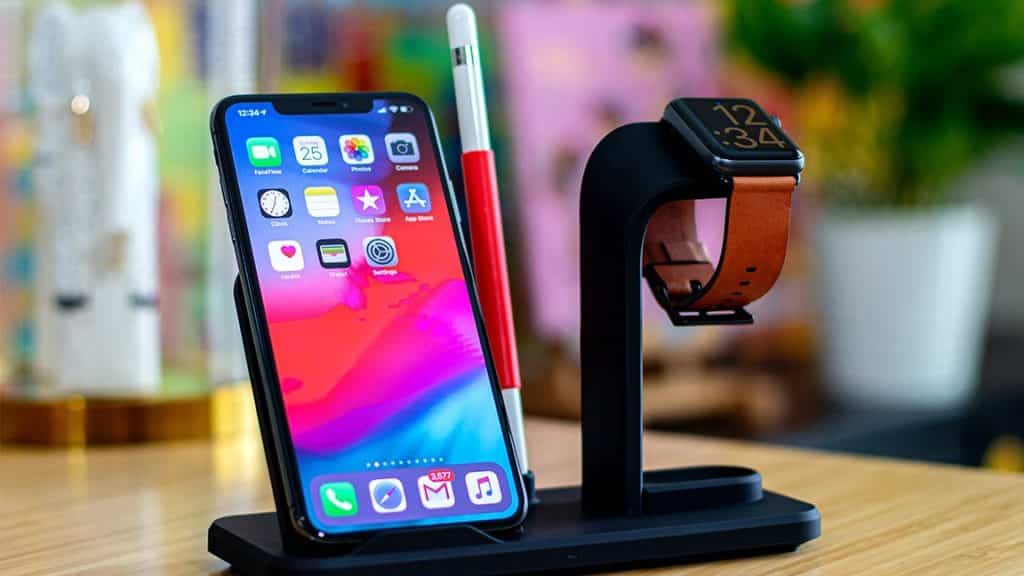Cellphones were less priced decades ago and for a few years thereafter. Also during this period, the price of a flagship smartphone first exceeded $1000. Also, the upward pattern appears to be unwinding anytime in the near future. It’s true that high-end smartphones are becoming more costly, but why? Overpricing is a common complaint, but is it justified? Listed below are a few of the main factors why high-end smartphones are so pricey.
Contents
1. Packed With More Features and Capabilities
No one can deny the fact that smartphones are becoming more sophisticated. Consumers’ aspirations are particularly elevated because of this. To keep customers happy, firms must add more and more functions to their products. Smartphones with the most advanced features are the most valuable. To mention a few, these improvements encompass larger and sharper screens using modern display technologies such as LTPO, better multi-camera configurations, and more ram and space.
All of these options aren’t free, though. R & d is the only way to stay up with the competition. The only way to recoup that expenditure is to transfer it to the customer.
2. Increase in Manufacturing Costs
It’s getting more and more difficult to produce high-end smartphones because of the growing BOM costs. To manufacture a compact and feature-packed cellphone isn’t as inexpensive as making a smaller and feature-packed handset from the early stages of smartphones. Design trends are continually evolving, too, as found in the high-end market. As bezels continue to become smaller, more functions are being introduced, and this results in a rise in pricing.
Inexpensive phones are becoming better because corporations aren’t innovating in the lower end of the market. Repurposing outdated ideas and production techniques that have previously grown more productive thus reducing costs might subsidize prices.
3. Smartphone Components Have Become More Pricey
Cellphone components, known as the bill of materials (BOM), are rising in price at an alarming rate. iPhone 12′s components are priced at roughly $415, which is 21% more expensive compared to its predecessor. Apple’s move to an OLED screen cost an extra $23 and 5G capability cost an additional $34. Even Apple’s own-design elements, as per the research, rose in value and now account for nearly 16.7% of the total expense.
Nevertheless, it isn’t exclusive to the Apple brand. In the high-end category, where consumers want more and more interesting technologies to stay current with demands and competitiveness, this tendency is universal.
4. Inflation
Inflation is a factor, too, even if the increasing capability of smartphones could appear to warrant the exorbitant pricing. Every commodity is affected by inflation, therefore cellphones aren’t the only inflation-affected devices out there. Every year, the U.S. administration releases a yearly rate of inflation, which indicate the pace at which prices have increased over the previous year.
Premium cellphones are becoming more expensive for a number of factors. Businesses are paying more money to produce and market premium phones because they are growing more sophisticated than ever before and adding a slew of new capabilities.
Businesses must boost rates to retain or even grow income due to inflation and the fact that customers are holding their smartphones longer than before. Unfortunately, this pattern is likely to persist for some time.





